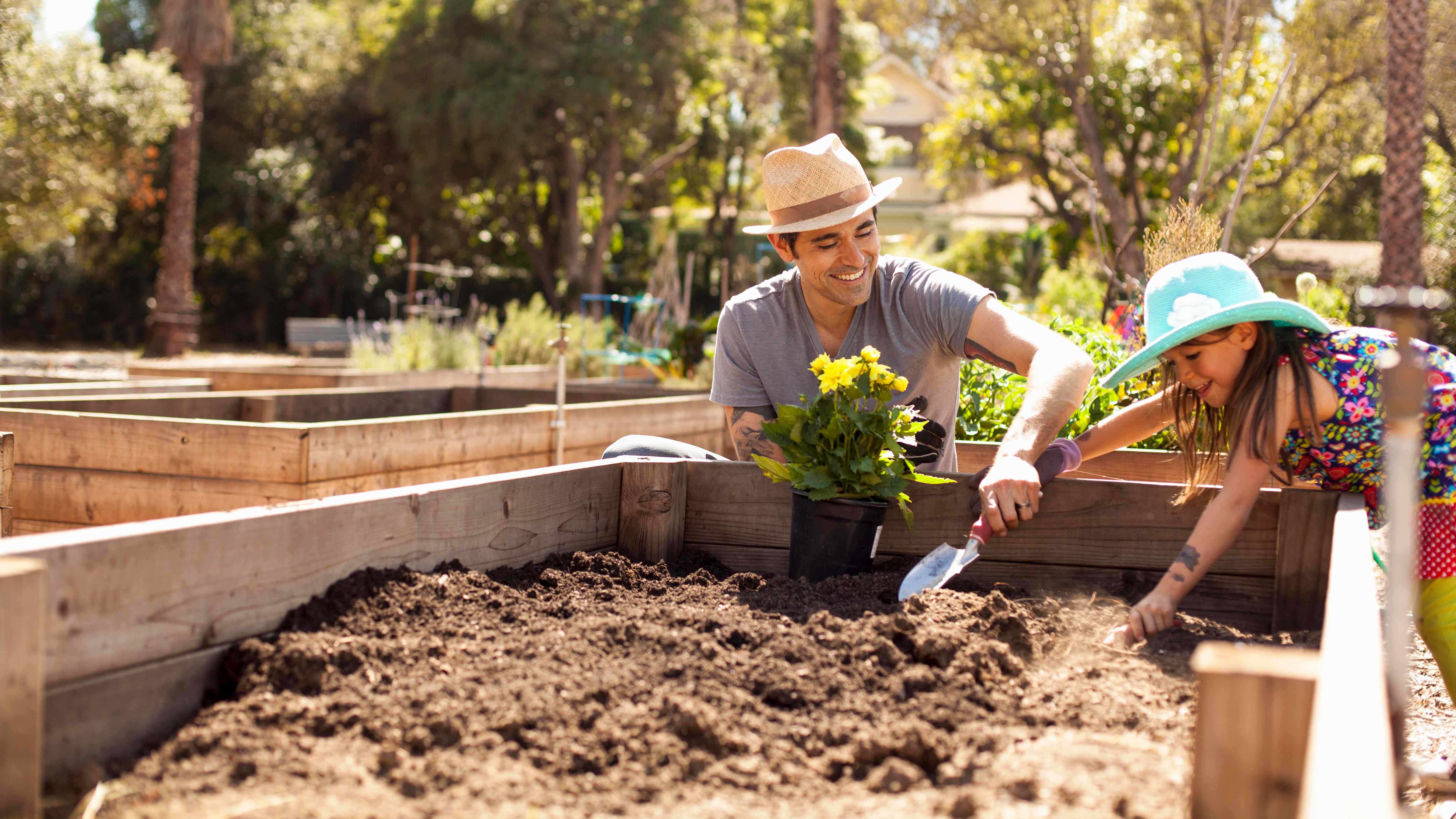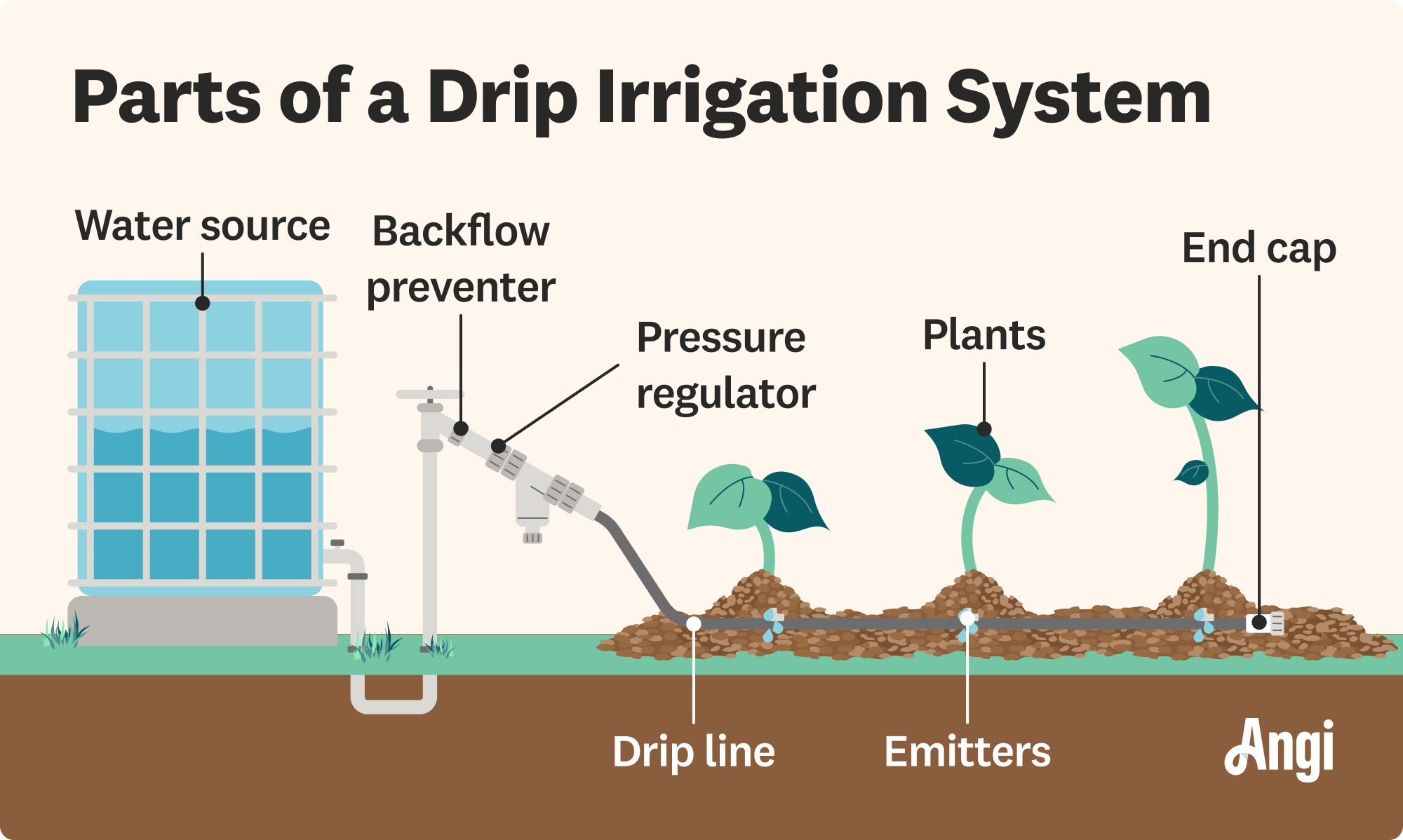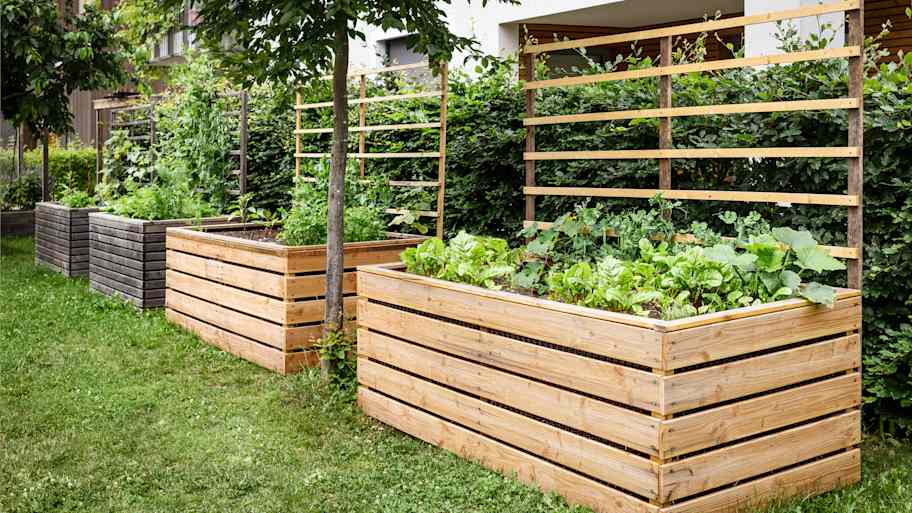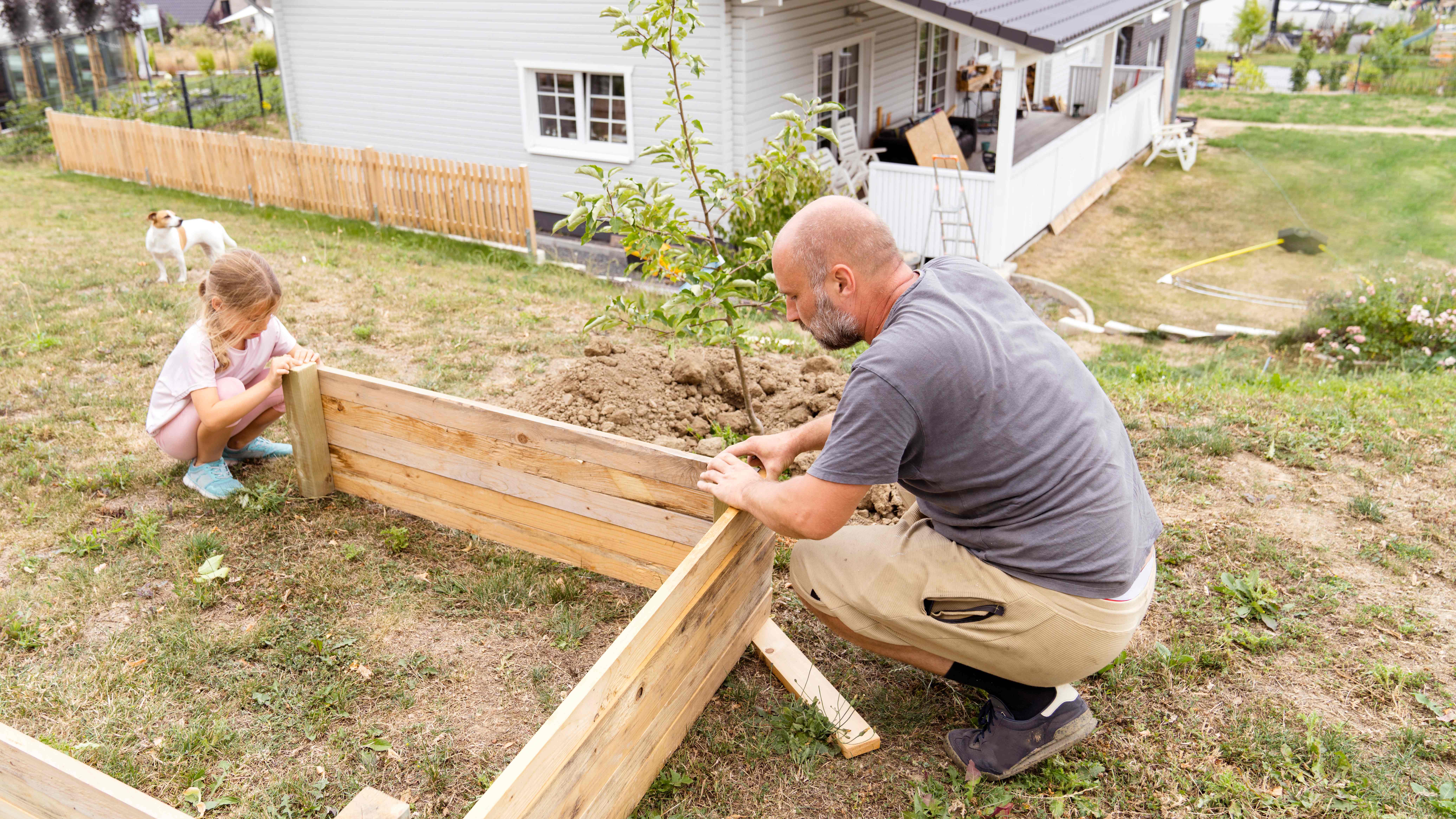
Removing an old lawn is often necessary to plant new grass or build a new outdoor structure. Find out what to budget for your lawn removal cost.
These tips keep your garden growing above the rest


Few things in life are as satisfying as pulling something you grew from the earth to put into your dinner or enjoying the bloom of a flower you’ve nurtured from seed. These nine tips for raised garden beds can help you achieve green-thumb status, even if your local soil isn’t exactly amazing.
This may seem obvious, but it’s important enough to state directly: You want to install your raised garden beds in an area that receives ample sunlight.
Something between six and eight hours of sunlight is a standard recommendation, especially for those hoping to grow fruits and vegetables. Unless you live in an extremely hot, dry, and sunny environment, you likely want to choose the sunniest part of your yard.
Another key tip: If there are vertical structures, like garage walls or fences, on your property, consider positioning your garden beds on their southern sides. That’ll ensure your plants receive their daily dose of sun.

Sure, you can water your garden beds by hand. But if you’re getting into serious gardening, the watering-can method may end up feeling like a hassle, especially if you have to trek the full can across the yard each time.
Positioning your garden beds close to the spigot makes watering easier, no matter the method you choose. And many gardeners find a drip irrigation system to work wonders when it comes to watering completely, evenly, and without waste.

There are garden beds as short as just 4 inches and garden beds as tall as 3 feet—and plenty of other sizes in between. The right size for your garden depends on what kinds of plants you want to grow. Kale, for instance, has deep roots and requires a bed of at least 18 inches in depth. Lettuce greens and herbs, on the other hand, can thrive in a bed that’s just 6 inches tall.
Taller beds do have a couple of other benefits, however. They can keep the weeds at bay. (You may still get a few from seeds blown in on the wind, but three feet of soil is a lot for a weed to work its way up through from below.) Additionally, tall beds keep vegetables from being snacked on by smaller creatures, like rabbits.
While height is critical to ensuring you can grow the kinds of plants you want, width matters, too. A bed that’s just a foot wide won’t allow you to plant more than a single row, while one that’s too wide can become unwieldy to care for.
Many gardeners favor beds between 2.5 and 5 feet wide—though again, you’ll want to make the decision based on your plants.
Along with figuring out the dimensions of the beds themselves, it’s worth thinking ahead about how much space you plan to leave between them. Try to leave 2 to 3 feet between garden beds.
If the beds are too close together, maintaining whatever grows between them can become difficult or even impossible. If they’re too far apart, caring for the beds themselves can become more work-intensive.

It’s possible to buy premade beds, but if you’re planning to build garden beds yourself, give some critical thought to your construction materials. The most common one is wood—and there are a few things to bear in mind. For starters, the beams that do the work of holding in the soil should be strong and solid—think 2x4s rather than inch-wide sheets of pine.
Additionally, choosing a rot-resistant wood like cedar, redwood, or black locust can help your garden beds last longer without potentially leaching chemicals or metal into your soil, which is a concern with some forms of treated wood.
Rot-resistant wood is pricier than other types, but your garden beds will thank you in the long run. However, if building your own beds from scratch sounds a little too intimidating, your local landscaping pro would be happy to help.
Although wooden raised garden beds are arguably the most classic, there are other materials and styles to choose from, too. For example, steel raised garden beds can work well for both decorative plants and edibles, and they’re durable enough to last a lifetime.
There are also prebuilt raised garden beds made of other materials. You can even get premade wooden ones that come with wheels attached, which can be helpful for renters or those who like to rearrange their garden regularly.
If you have any experience with indoor houseplants, you already know that when it comes to raising happy plants in an enclosed container, drainage is everything. Without being able to properly drain water, plants can suffer from root rot and die, which is why it’s imperative that your first layer in the bed consists of gravel or another fast-draining substrate material.
Access to high-quality soil is one of the main benefits of raised garden beds, and for many gardeners, it’s the entire reason they’re opting for raised beds in the first place. So be sure to go for the good stuff once it’s time to fill up. Different types of plants benefit from different soil types, drainage levels, and fertilizers, so again, you should base your final decision on the plants you’re putting in your garden.
From average costs to expert advice, get all the answers you need to get your job done.

Removing an old lawn is often necessary to plant new grass or build a new outdoor structure. Find out what to budget for your lawn removal cost.

Your total lawn care cost depends on several factors, including the type of service and lawn size. Our guide will cover what you can expect to pay for lawn care.

How much it costs to rent a lawn aerator depends on what kind you rent and how long you rent it for. Read on for the full details.
Fertilizer burns can result in discolored or dead grass. These nine tips will help prevent lawn burn and keep your yard looking healthy and green with fertilizer.

Learn how to mow a lawn no matter the type of grass and condition. Achieve a beautifully cut lawn that looks professional using this guide.

Find out when and how low to mow your grass to get a full, healthy lawn. Get tips for measuring, mowing frequency, and more with this handy guide.